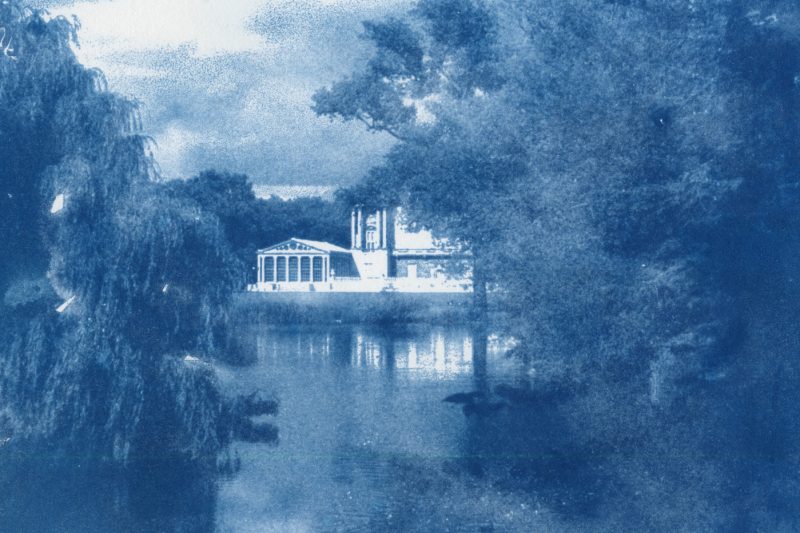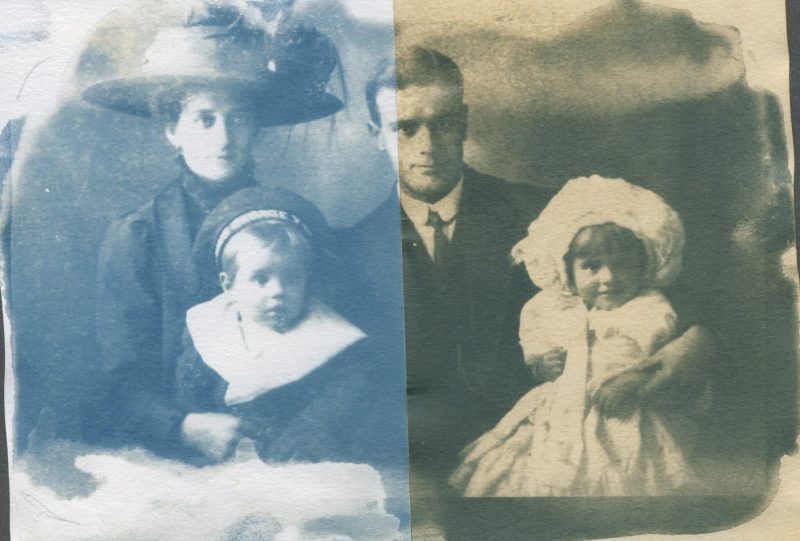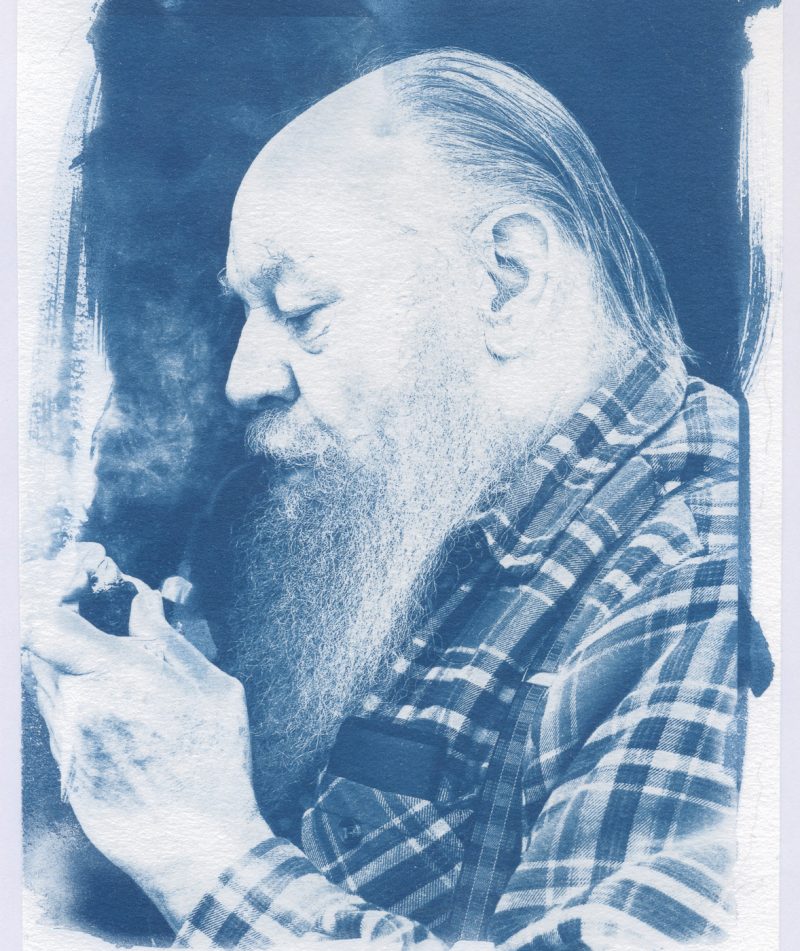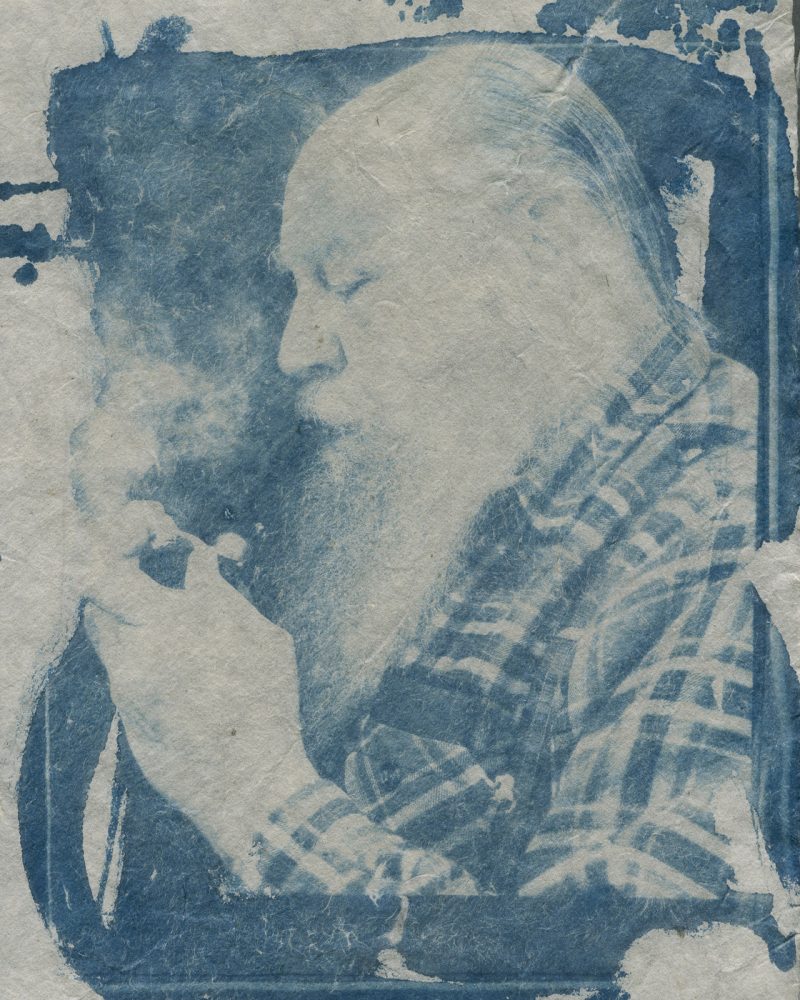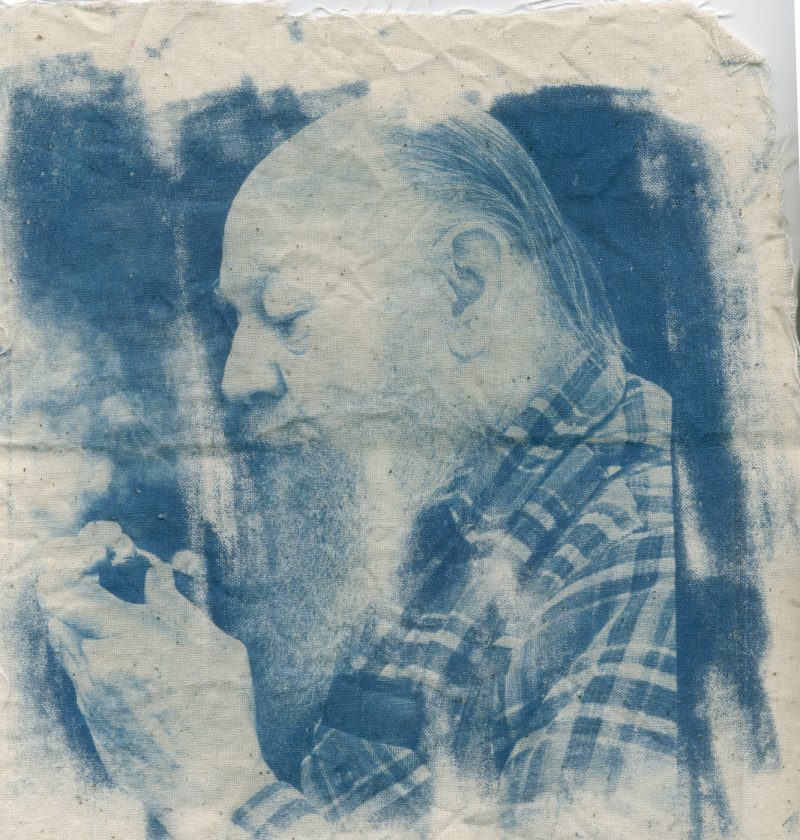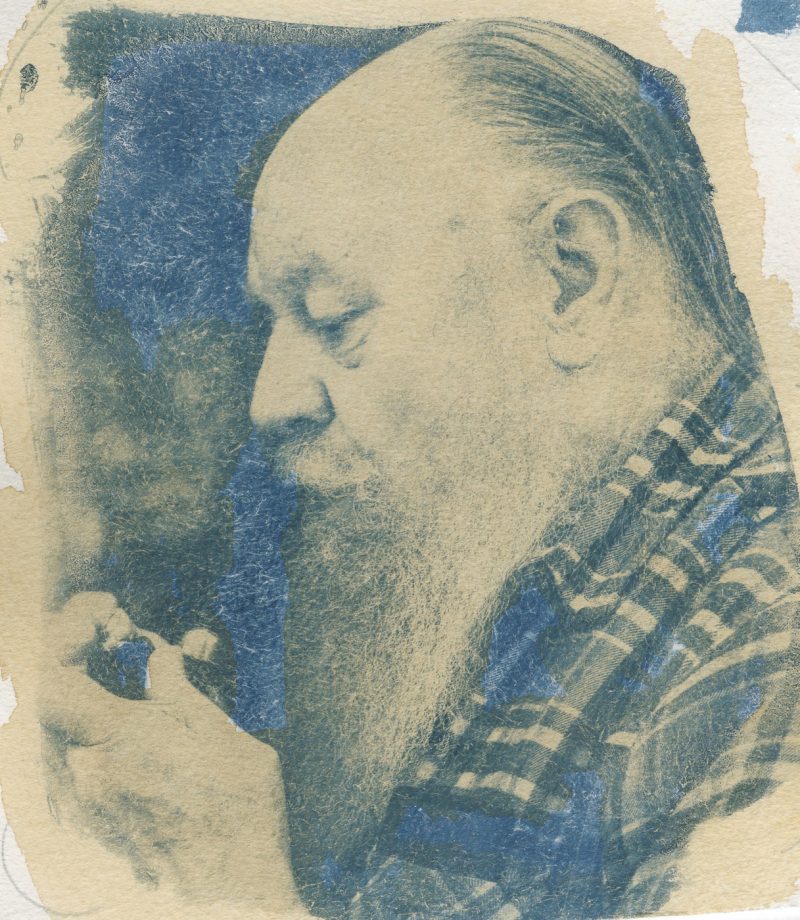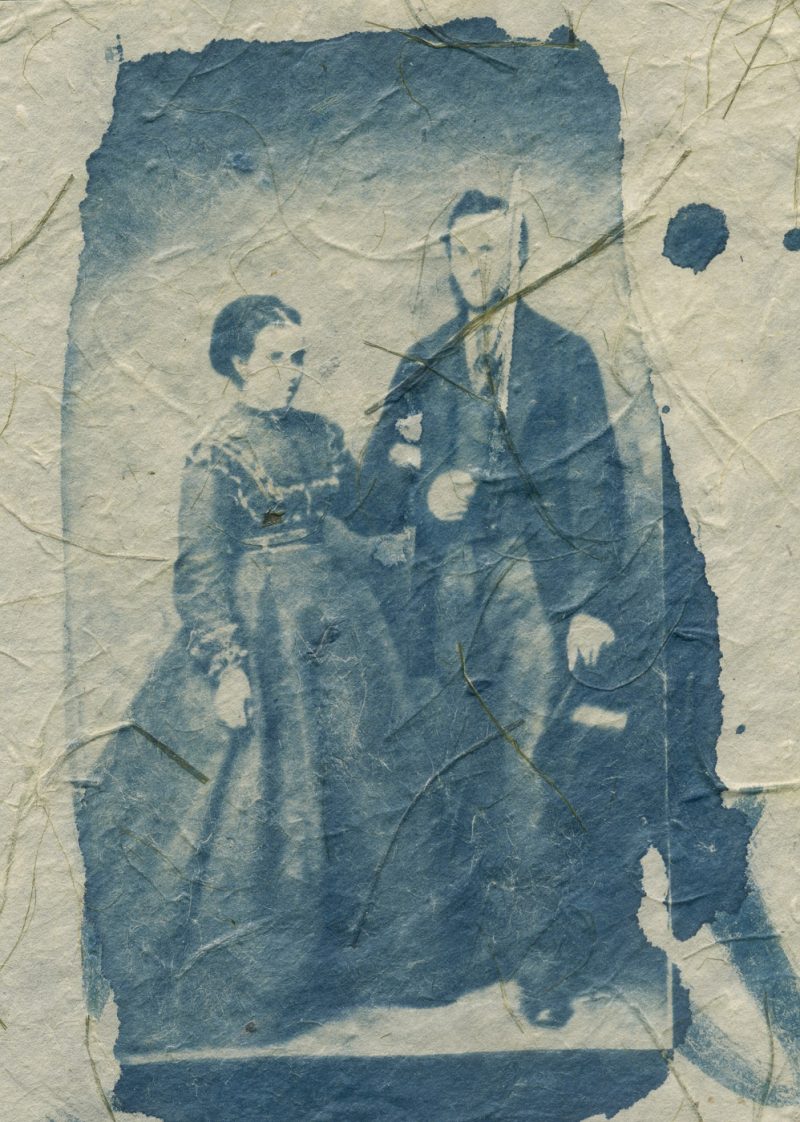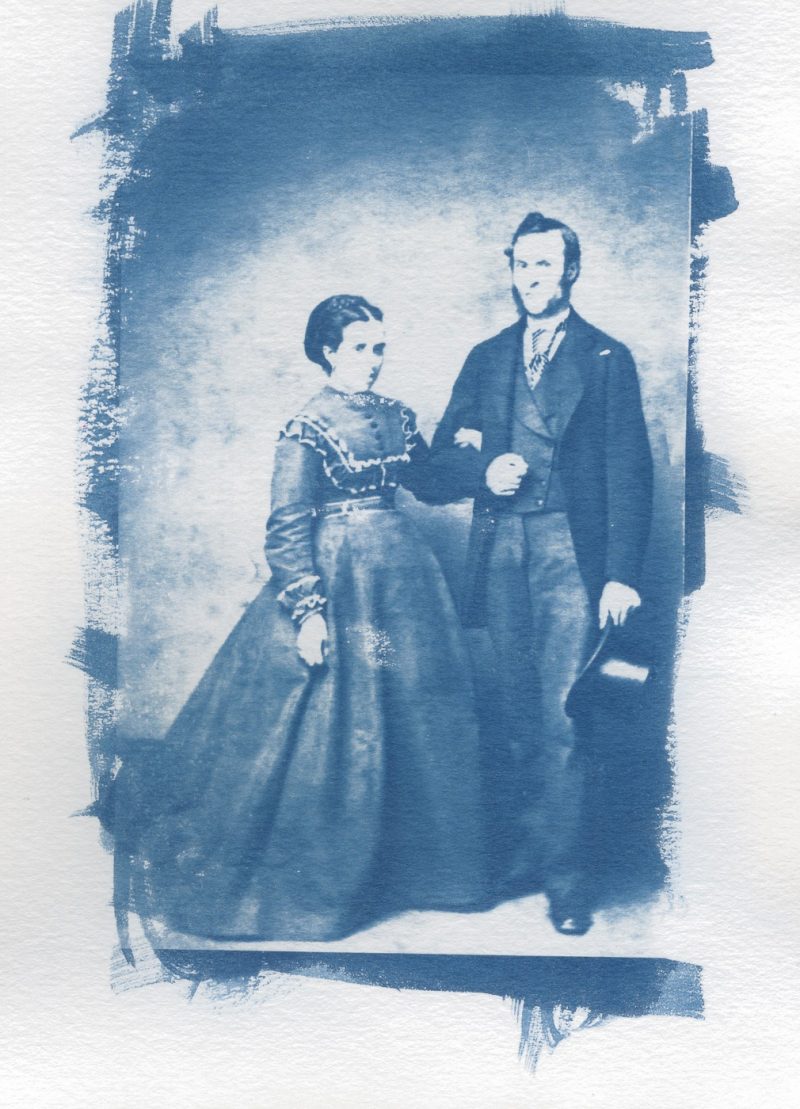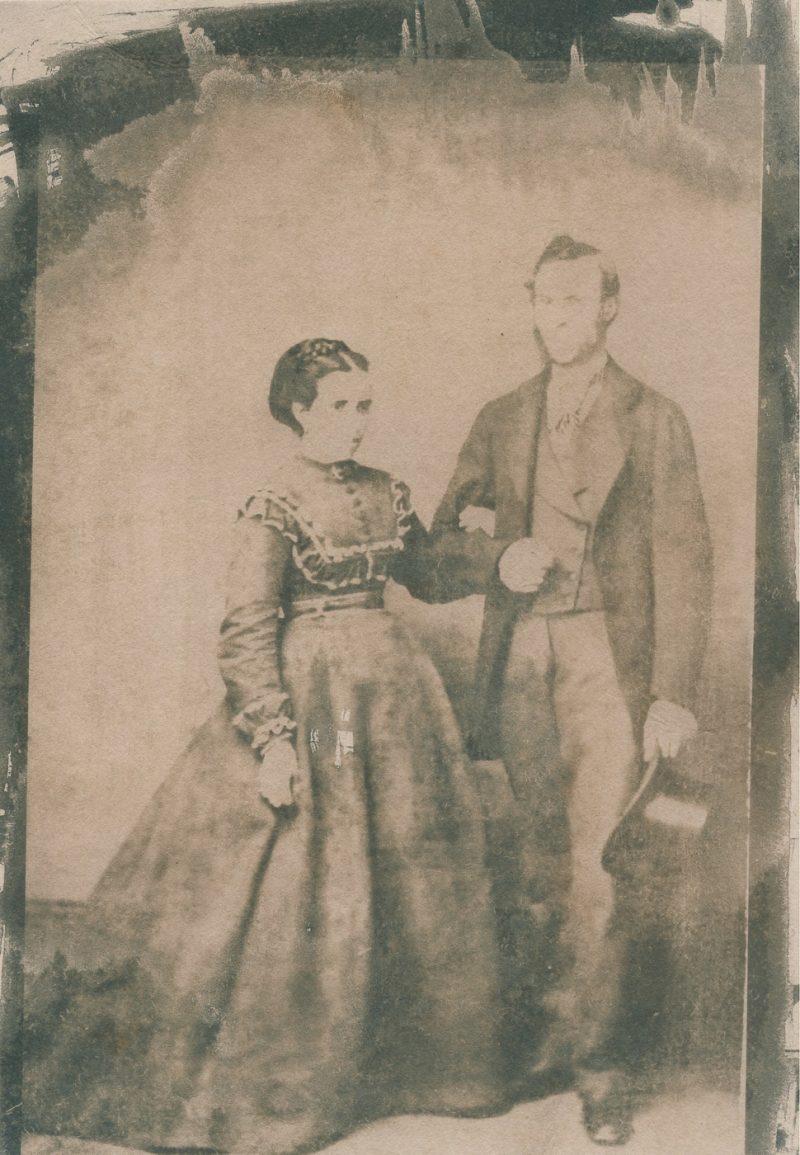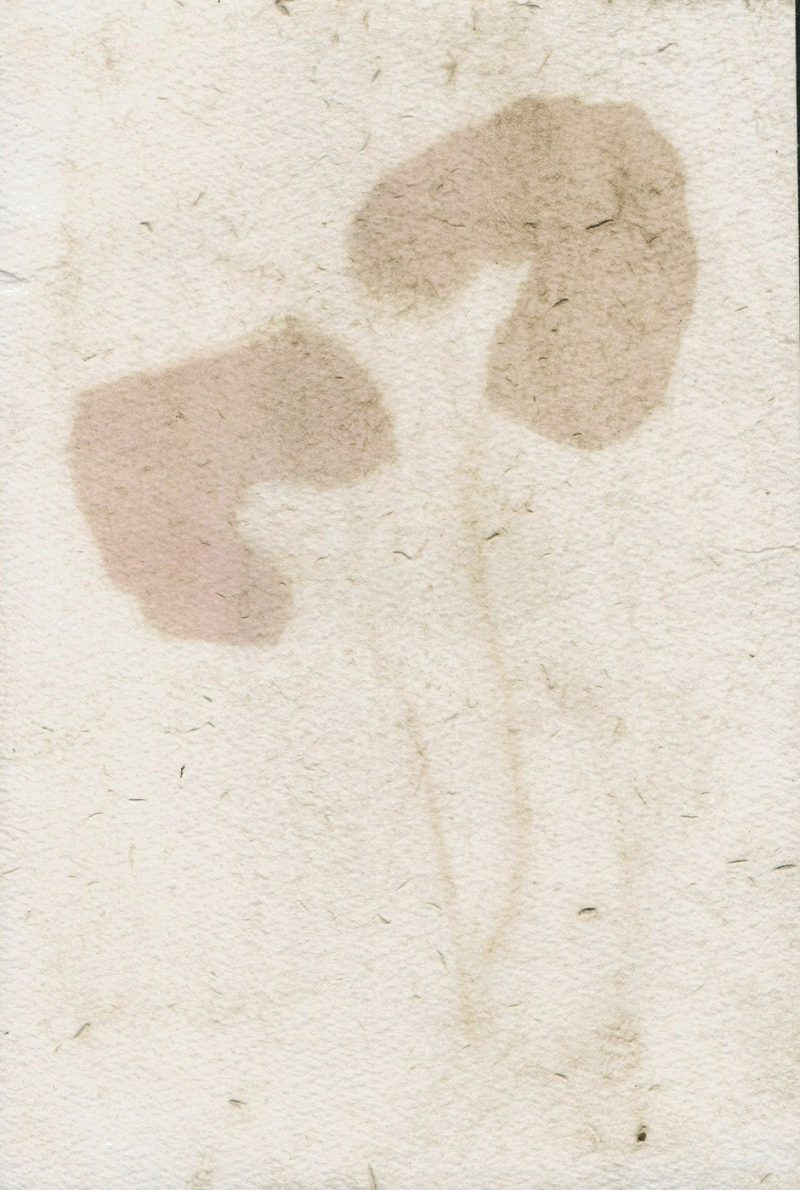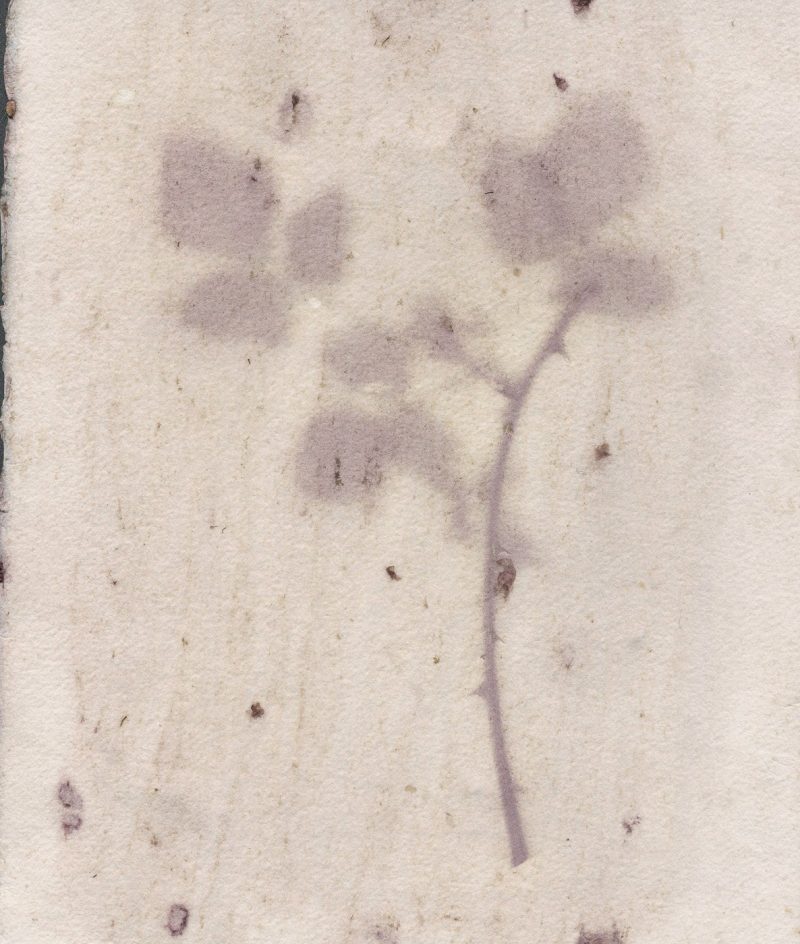Making cyanotypes was one of my favourite modules of experimental photography the I studied at AUB. I also thoroughly enjoyed the process of toning using a variety of natural and dyes and chemicals.
Making the cyanotypes
To make cyanotypes, I used the following mixture (that must be prepared in a dark room):-
10g Potassium Ferricyanide in 100ml water
25g Ammonium Iron (III) Citrate in 100ml Water
The two mixtures must be prepared separately and can be stored in brown bottles until ready for use. Then mix equal quantities of both in a glass bowl. Once mixed it will only keep for 24 hours. Roughly 20ml of each solution should be enough to coat about 10 8"x10" papers. Once coated, the paper must be left to dry in the dark room.
Exposure times vary. In the dark room, I used a UV lamp with digital negatives face down on coated paper for between 3 and 6 mins. Under a glass cover, exposures varied from 10-20 mins in the sun. In both cases, the image is then rinsed in cold running water until all the excess cyanotype mix has washed off.
Papers and Toning
My cyanotypes were made on a variety of papers. My favourite was the Hand-made Copper pressed paper; a 300 gms textured paper showing great detail.
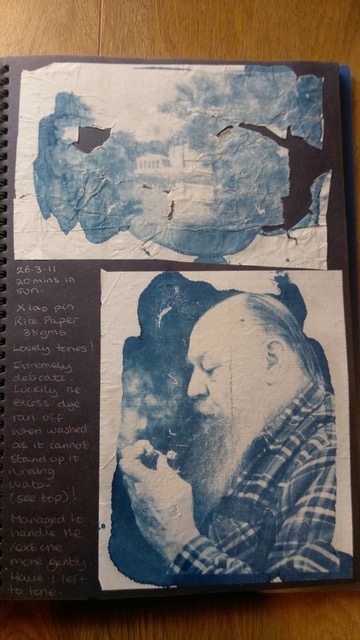
My second favourite was the Xiao Pin Rice paper, a very fine 38 gms paper which again showed lovely detail and great tones, but being very delicate, had a huge tendency to fall apart during the washing process.
This page from my work book shows how delicate the rice paper is; the top image did survive the rinsing!
The toning process was very interesting. The effects of various toning substances such as tannin, ammonia, tea and coffee differed depending on the paper type. Recipes can be found online.
After trying some of the suggested recipes, I went on to using things like red bush tea, Chinese Oolong tea and red onion skins. I found these to be my favourites. After 20 - 40 mins soaking, both of the teas gave lovely warm brown and yellow brown tones. The onions skins gave me an aged, mottled effect after 30 mins, which I really like.
Hand tinting is another option. I used a paint brush and simply painted over parts of the cyanotype.
The Anthotypes took a lot longer. In early summer, I made just two; one using an emulsion of blackberry juice on hand-made copper pressed paper exposed for a total of 18 days in the sun, and the other using an emulsion of beetroot juice for 15 days. Both could have been darker, so longer exposures would have been preferable. Also, if I have double-coated the paper, the initial colour would have been darker and I would have got a better contrast.

